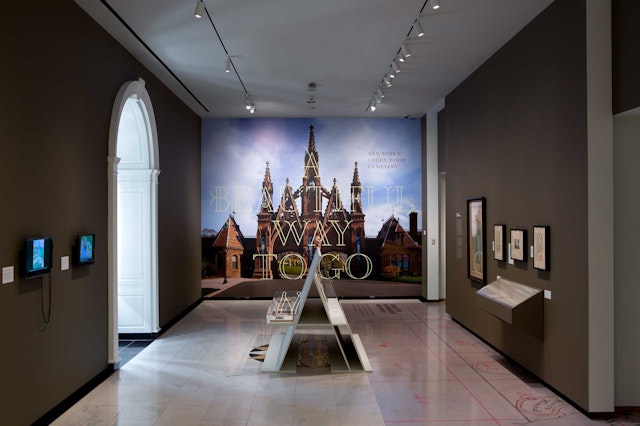

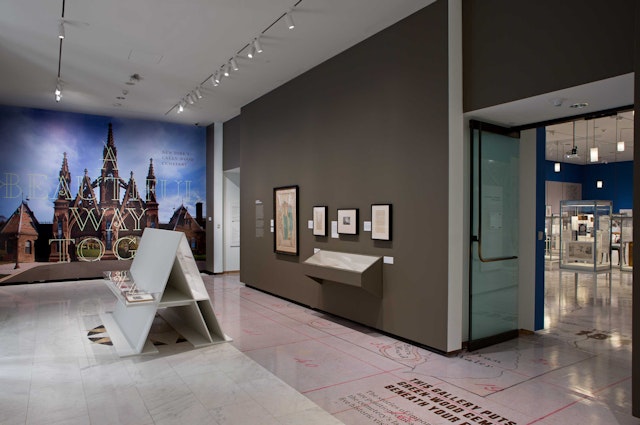
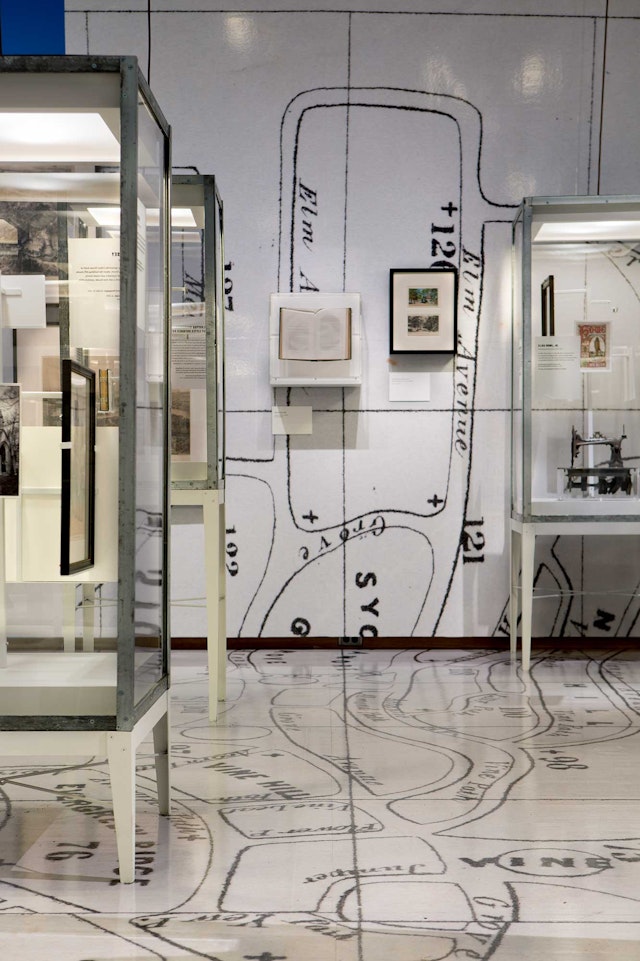
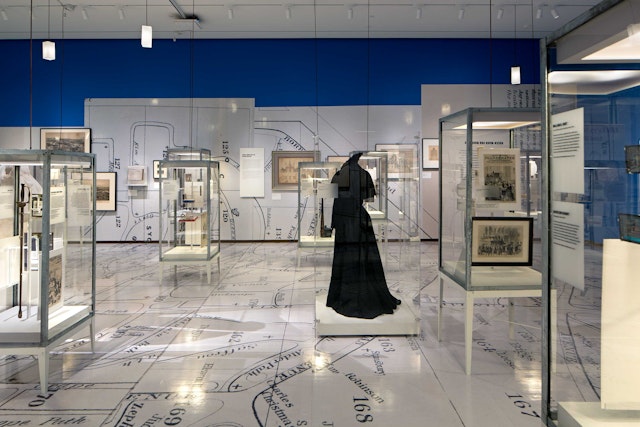
Museum visitors navigate the exhibition encountering objects and stories of Green-Wood’s most famous “residents” that are positioned according to their location within the landscape.
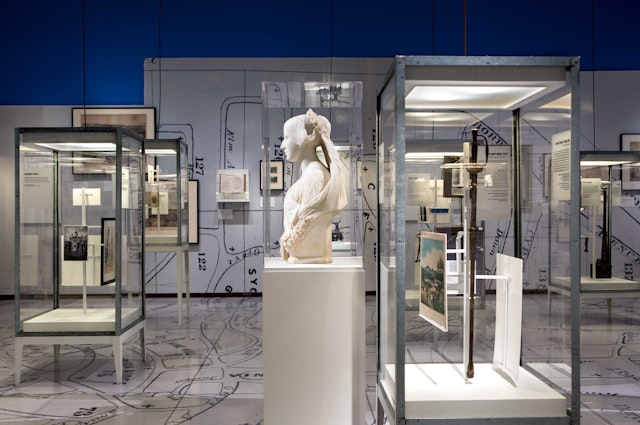
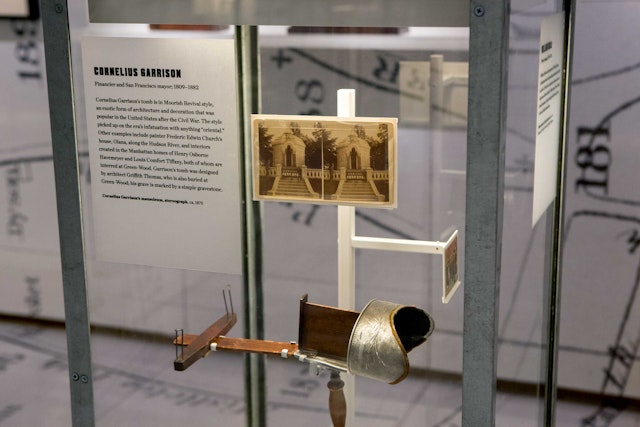
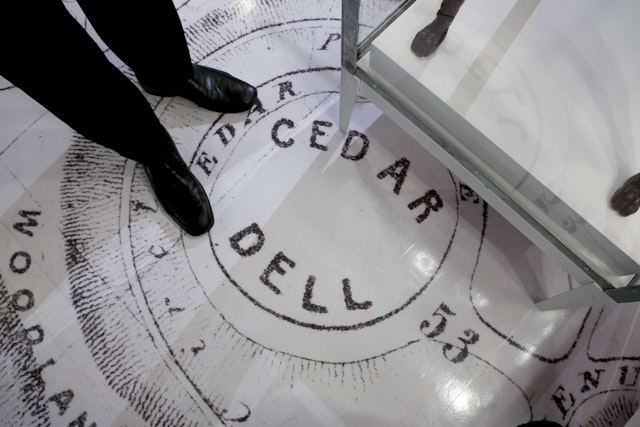
Predating both Central Park and Prospect Park, Green-Wood Cemetery in Brooklyn was one of the most important landscapes of the 19th century, ultimately influencing the rise of public parks and green space in the US. Pentagram has designed A Beautiful Way to Go: New York's Green-Wood Cemetery, an exhibition at the Museum of the City of New York that commemorates the 175th anniversary of this national historic landmark.
Established in 1838 in what was then a rural area of the city, Green-Wood is a bucolic 478-acre landscape of rolling hills, gentle ponds, meandering paths and striking Gothic Revival architecture that was for a time the most popular tourist attraction in the country. Visitors enjoyed the beautiful natural setting and saw the cemetery as a place of repose and relaxation. Green-Wood eventually inspired the design of Central Park and Prospect Park, as well as the creation of the first suburb, Llewelyn Park in New Jersey.
The exhibition design creates a continuous environmental surface from historic maps of the cemetery. Museum visitors navigate the exhibition encountering objects and stories of Green-Wood’s most famous “residents” that are positioned according to their location within the landscape.
Among Green-Wood’s 560,000 burials are figures central to the social, political and cultural life of New York City, including Leonard Bernstein, Nathaniel Currier and James Merritt Ives, Louis Comfort Tiffany, Boss Tweed, Henry Steinway, and F.A.O. Schwarz. The cemetery grounds are a museum of monuments and statuary by leading architects and artists including Augustus Saint-Gaudens, Stanford White and Richard Upjohn, and the iconic Gothic chapel at the main gate was designed by Warren & Wetmore, creators of Grand Central Terminal.
The exhibition design gathers artifacts within a range of lantern-like vitrines, conjuring an impression of the park at twilight. A series of maps that document the distinctive, twisting paths and roads of the park are spliced together on the floor, creating a miniaturized landscape. Significant burial plots and the artifacts and images associated with them are arranged according to their position on the map. These objects include a peacock headdress for Louis Tiffany, a pencil for Eberhard Faber, a photographic portrait of Jean-Michel Basquiat, and gold, onyx and diamond cuff links for Boss Tweed.
The story of the cemetery itself is told through historic documents; sculptures, drawings and paintings (by Asher Brown Durand, of the Hudson River School); and photographs, including eight large images of the park in different seasons by Jeff Chien-Hsing Liao. Vintage guidebooks, prints and souvenirs capture Green-Wood’s days as a tourist attraction.
Office
- New York
